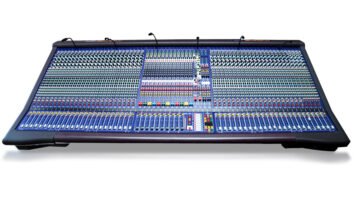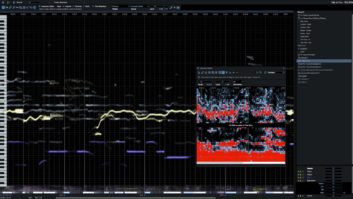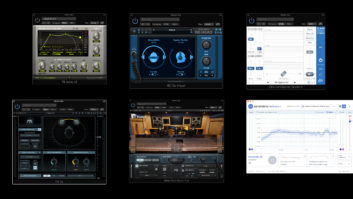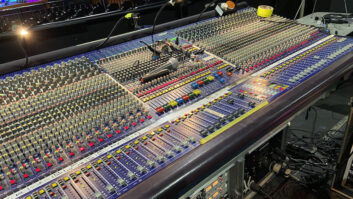I have a modular music system in my house that has speakers in three different rooms. It’s super-convenient, allowing me to listen to the same thing—or different things—in separate rooms, and it even plays the audio from my TV.
It plays the songs from my computer’s music library and streams audio from Spotify and Amazon and other online sources. One of the speakers even has a mic in it that I could use to talk to Alexa, but I chose to disable it, as I don’t want to live with an open mic surveilling me at all times.
Adding to the convenience, everything in the system can be controlled from a mobile app.
Yet, with all its bells and whistles, and its ability to integrate different aspects of my music listening experience, I often find myself thinking back nostalgically to the days when I had a “real” stereo system—one with discrete left and right speakers and a sweet spot between them. To listen with any real separation at home, I have to go into my studio and fire up my monitors. I can do that, of course, but if I want to get away from work, then sitting in my studio—where I work all day—is not a great solution, not to mention it’s not a practical space for entertaining.
So, for lack of a better alternative right now, I end up listening to a lot of music on my modular home speaker system. Yes, the speakers do sound good and have impressive frequency response for their size, but they’re self-contained stereo speakers, so there’s almost no separation between left and right. The same can be said for many Bluetooth and other portable speakers on the market.
Ironically, we’re in a situation now where a lot of people listen to music on speakers with virtually no separation, while at the same time another considerable swath of the audience is listening on earbuds, with total separation. Having such disparate listening formats certainly makes a mixer’s task more challenging.
But that’s an issue for another column. Here, I’m lamenting how one-piece, self-contained speakers make listening to stereo audio a different, and less pleasing experience.
Read more Mix Blog Studio: Master of Some.
One mitigating factor to the trend toward such speakers is the return-to-vinyl movement that has taken hold in recent years. Most people listening to LPs are going to have component systems with old-style stereo speakers. Although I don’t necessarily subscribe to the “vinyl sounds better” school of thinking, I do like that it’s listened to on systems with left and right speakers that are spread apart.
I wonder if there’s research available that breaks down people’s listening habits, in terms of the type of speaker systems they use? I’d be curious to know the percentages.
As for my situation, despite the conveniences of my integrated speaker system, I am seriously considering going back to a good-old component setup, at least in one room. I miss the separation.







